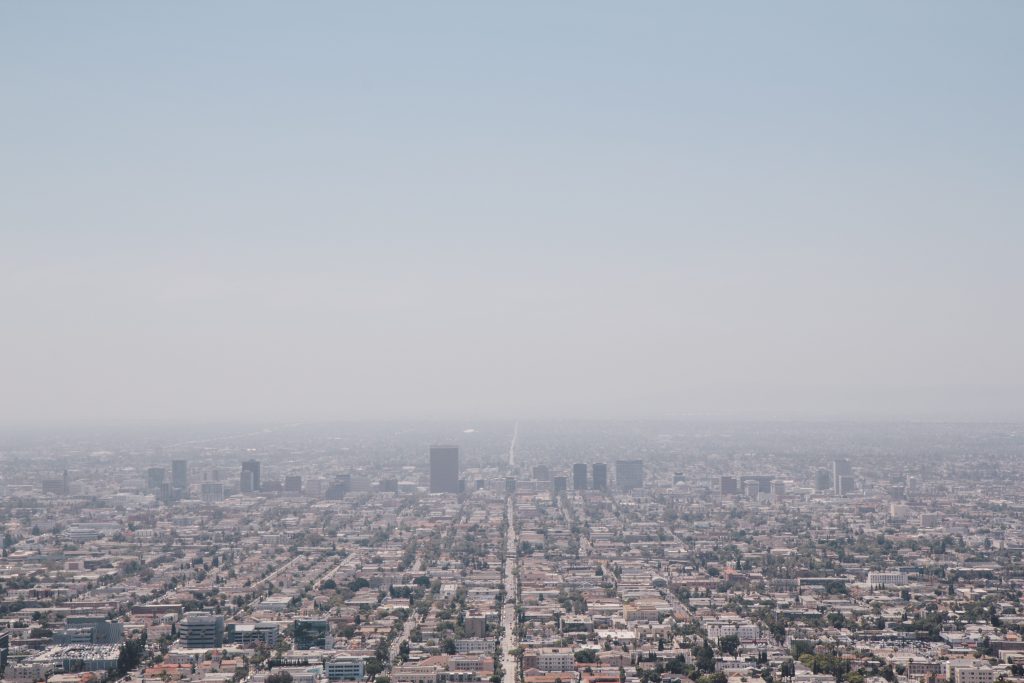Source: ScienceDaily
Exposure to low concentrations of air pollution, even within allowed limits, may be causing tens of thousands of early deaths each year among elderly people and other vulnerable groups in the U.S., according to a large national study from Harvard T.H. Chan School of Public Health.
“We found that among elderly patients enrolled in Medicare, small increases in long-term exposure to both particle and gaseous air pollutants increased the risk of death, even at levels deemed safe by current regulations,” said lead study author Mahdieh Danesh Yazdi, a postdoctoral fellow in Harvard Chan School’s Department of Environmental Health. “Our findings suggest that current air pollution limits are not adequate to protect the health of vulnerable groups.”
Each 1 µg/m³ increase in annual PM2.5 concentrations increased the absolute annual risk of death by 0.073%. To compare, European and Dutch limits state that the average annual PM2.5 concentration should be below 25µg/m³. Each 1 ppb increase in annual NO2 concentrations increased the annual risk of death by 0.003%, and each 1 ppb increase in summer O3 concentrations increased the annual risk of death by 0.081%. These increases translated to approximately 11,540 U.S. deaths attributable to PM2.5, 1,176 U.S. deaths attributable to NO2, and 15,115 U.S. deaths attributable to O3 per year for each unit increase in pollution concentrations.
The results suggest that a 2020 EPA decision not to tighten standards for ambient PM2.5 “was unjustified,” the researchers wrote. They listed interventions that could reduce air pollutants, such as stricter controls on industry and fossil-fuel electric-generating units, larger and more efficient catalysts on automobiles, city planning to promote active transport, and improved public transit.
“Our finding that people living in lower income areas are more susceptible to the harmful effects of air pollution means they are suffering a double whammy — more exposure, and greater risk from that exposure,” said Joel Schwartz, professor of environmental epidemiology and senior author of the study. “The Clean Air Act requires the EPA to protect sensitive populations with an adequate margin of safety. It is time for it to do so.”

Photo by Andreas Strandman on Unsplash